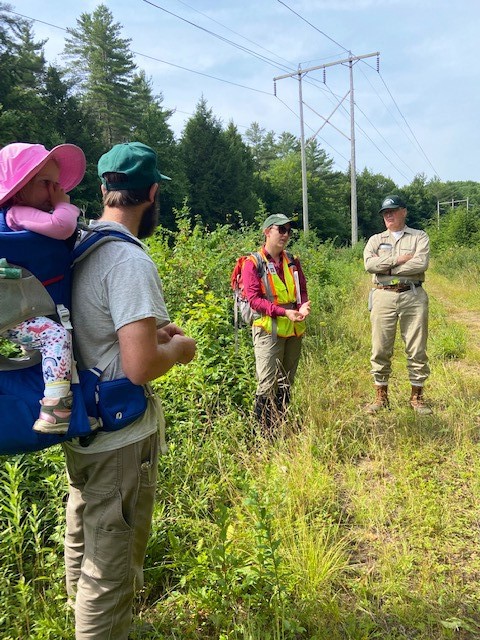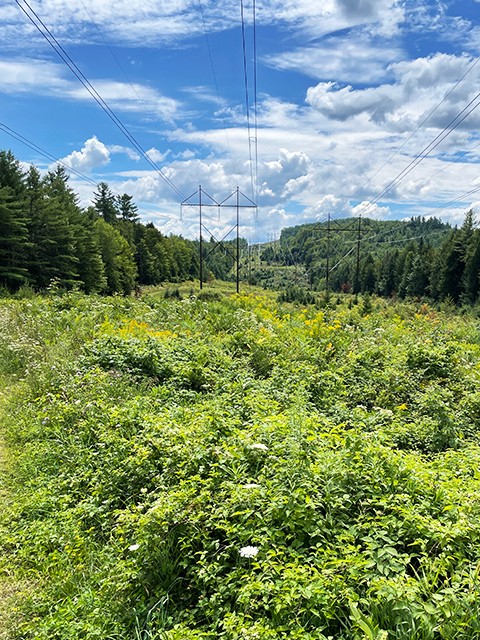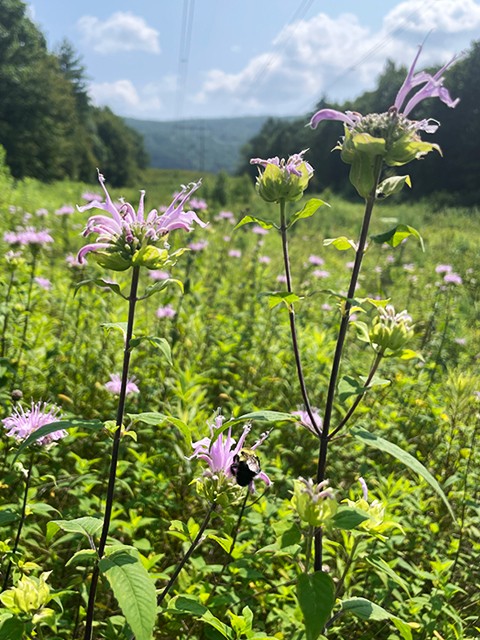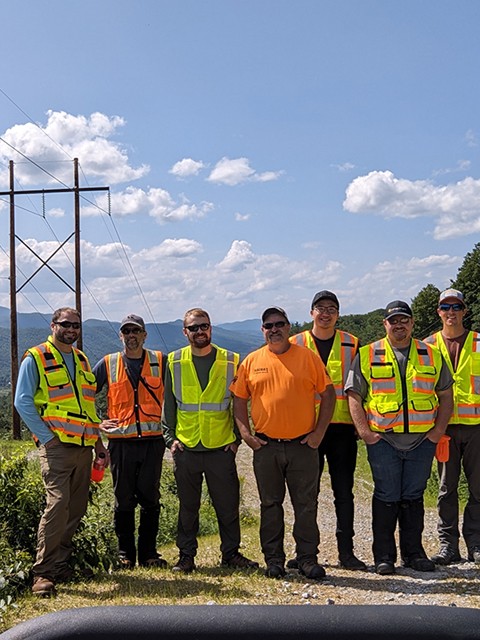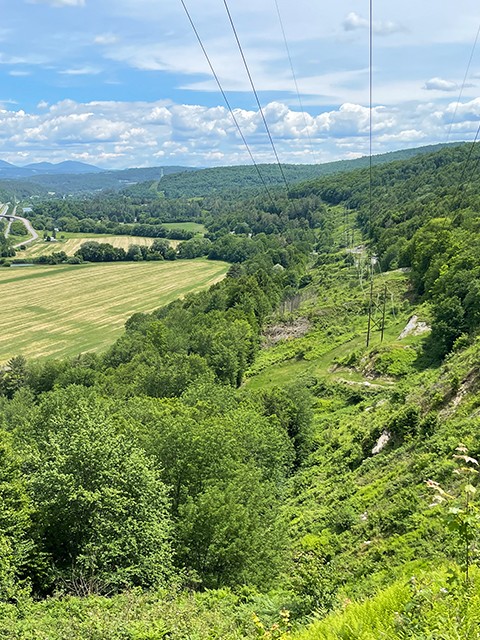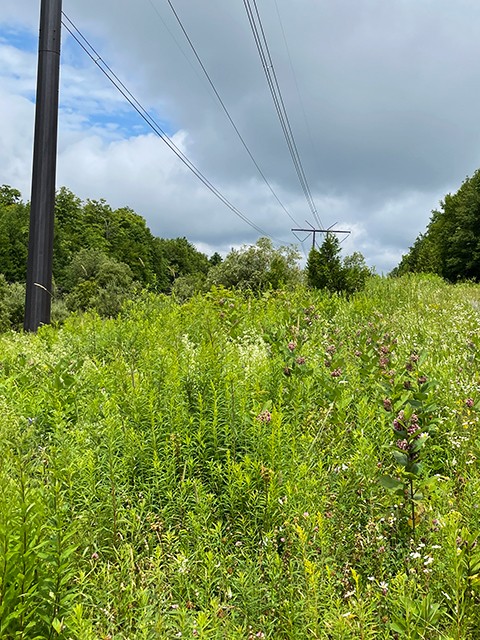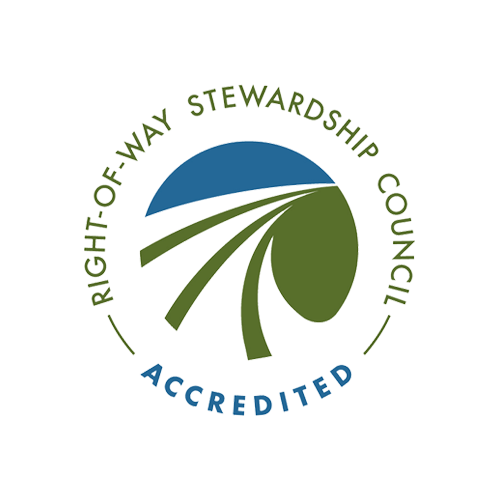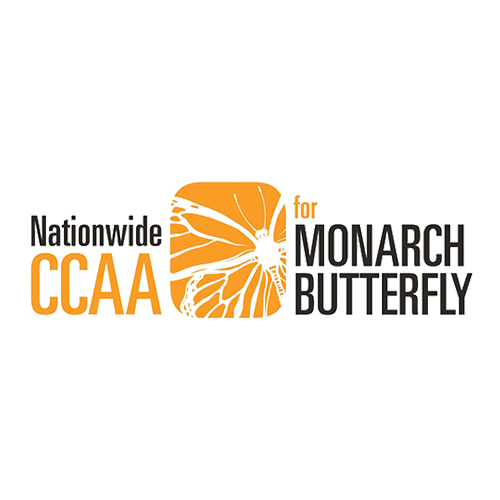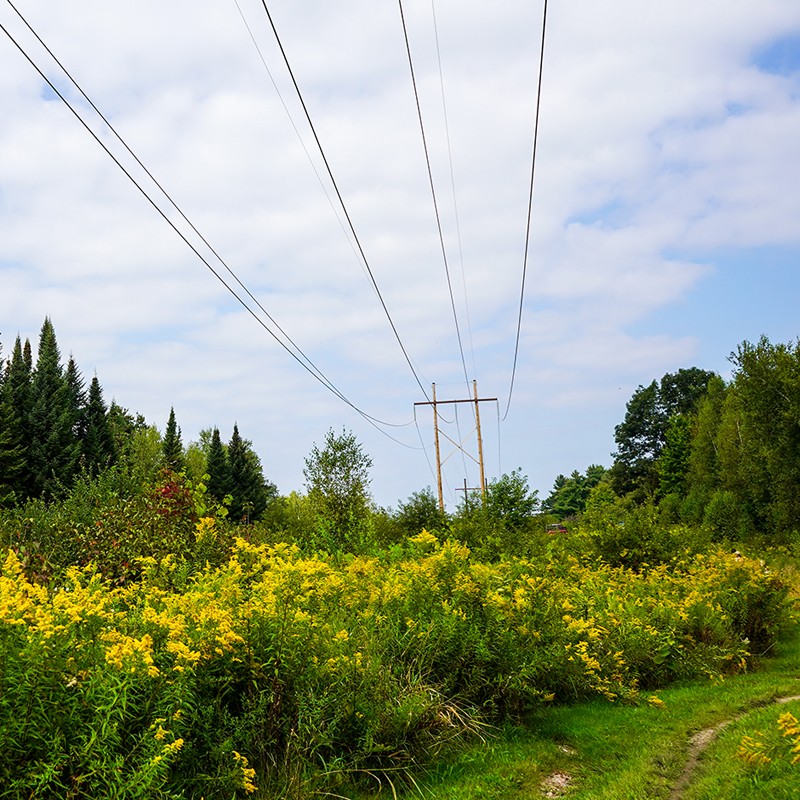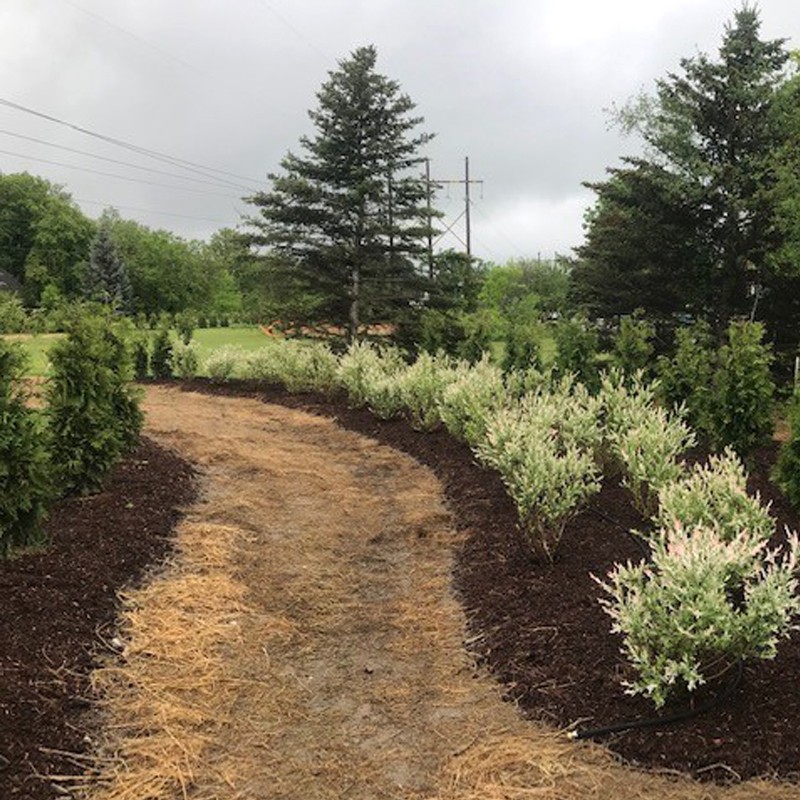What methods does VELCO use to maintain right-of-way?
VELCO will maintain its rights of way in the manner that most appropriately balances the following:
- avoiding unreasonable risk of harm to the environment, workers, neighbors, occupants, and users of the land on which or adjacent to which its rights of way lie
- promoting the reliability of the VELCO transmission system
- minimizing expenses over the long term
The overall strategy is implementing the vegetation management technique that best meets the goals and objectives of the Transmission Vegetation Management Plan.
VELCO employs a variety of methods to accomplish these goals.
Manual Methods:
Manual methods of vegetation control include the use of chainsaws and brush saws. They are frequently used in areas where chemical methods are restricted and where non-chemical alternatives are favored.
Mechanical Methods:
Mechanical methods of vegetation control include mowing of brush with tracked excavator mowers or similar equipment. Mowing is a chosen treatment option when vegetation is very thick, where chemical methods are restricted, and non-chemical alternatives are favored.
Biological Methods:
The biological method of vegetation management VELCO employs is slow conversion and maintenance of stable low-growing vegetation communities. This is typically obtained through multiple cycles of chemical control of incompatible plants. Plant communities become resistant to the germination and growth of trees if they are densely packed with low-growing herbaceous plants and shrubs.
Cultural Methods:
A cultural method for managing right of way vegetation is to convert the area to a compatible use. This can include pasture, certain types of agriculture, lawns, and generally any land use that maintains plants to a low height. VELCO will work with landowners on appropriate right of way uses (link to Right-of-Way Use Request).
Chemical Methods:
VELCO utilizes selective applications of herbicides to control incompatible vegetation. The application method is selected depending on site characteristics such as stem densities, environmental concerns, aesthetic concerns, and landowner preferences. VELCO currently employs the following methods:
- Ultra Low Volume Foliar Application
- Low Volume Basal Application
- Cut Stump application methods
Each method listed above is applied on the ground by licensed applicators. VELCO does NOT apply any herbicide or other chemical aerially (via helicopters or other device).


